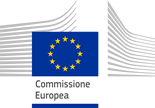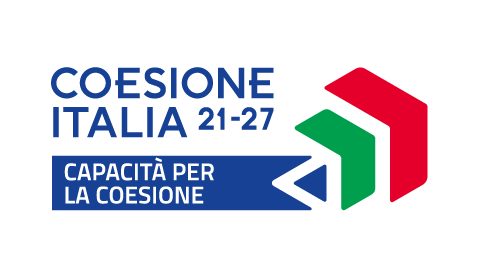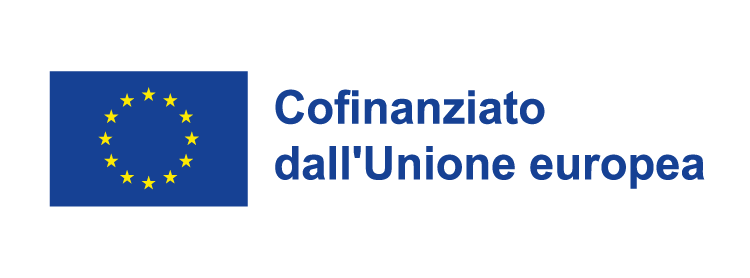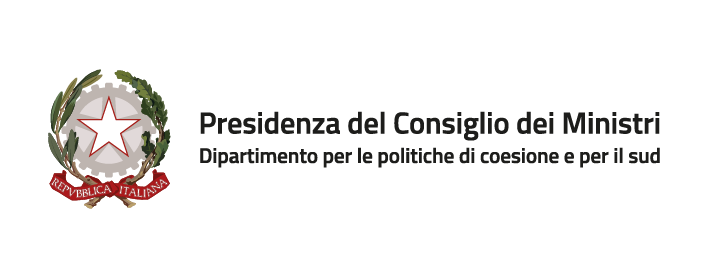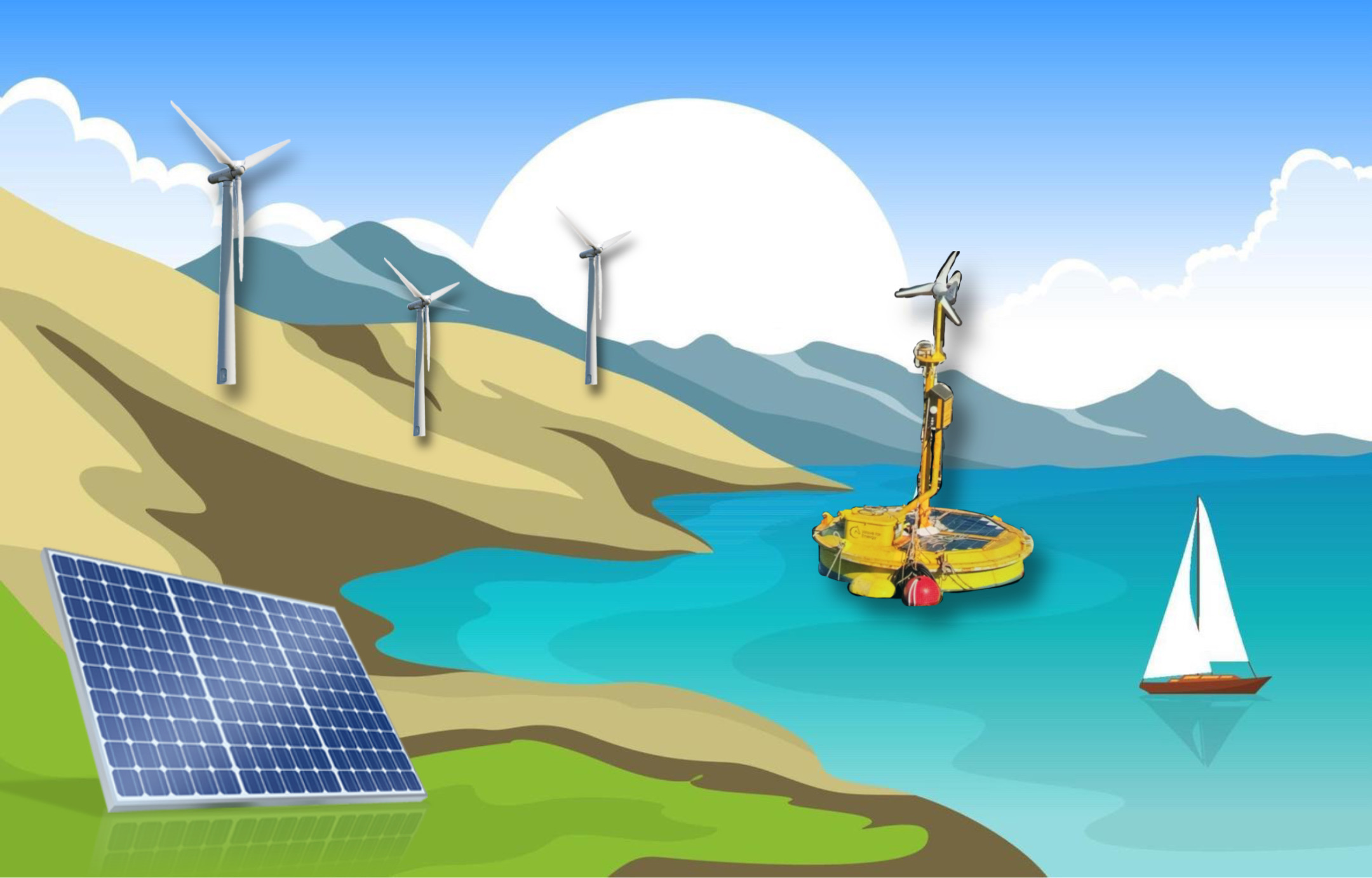
The "Waves4Water" project, designed for the development of new wave energy production technologies, is aimed at improving the energy and water supply system within the naturalistic area of Porto Conte Park. It involves the creation of a process of producing electricity from sea waves and desalination, made self-sufficient in terms of energy thanks to a WEPA (Water Energy Point Absorber) type device created in the project. WEPA machinery is designed to capture and convert wave energy into electricity, offering a sustainable and renewable solution for power generation.
This project plan is the focus of lesson 2, for which we have carried out investigations. In light of these, it emerged that the testing of the WEPA machinery (designed and created by the Wave for Energy company, with the engineer Marcello Rava in charge) was highly successful as it has a daily production of around 30 KWh. Considering that on average a family consumes 10 KWh daily, a single machine can produce enough electricity for 3 families.
Energy sources are divided into non-renewable sources and renewable sources. Energy from non-renewable sources are those obtained from coal, oil, natural gas and nuclear energy. Energy from renewable sources are hydroelectric, solar energy, wind, geothermal, biomass energy and marine or wave energy.
In Italy, energy from renewable sources covers around a third of the energy produced in the area. Among these, the three main sources of electricity production are wind, hydro and photovoltaic. These three sources produced approximately 78,906.4 GWh in 2022 divided as follows: 25.9% produced by wind energy, 35.6% by photovoltaic energy and 38.4% by water energy.
The province of Sassari is seventeenth in Italy for electricity production from renewable sources in a year; electricity produced by wind energy dominates (900.7 GWh), followed by the most fruitful renewable source in the province is that produced by photovoltaic panels (298.07 GWh) and finally there is water production (49, 7 GWh).
We have identified 4 major sources of energy consumption in Italy: agriculture (2.3%), domestic environments (22.2%), industry (44.8%) and services (30.7%), which lead to a total annual consumption of 290,277.3 GWh (data referring to the year 2022). Furthermore, we analyzed the consumption data of the Sardinia region (eleventh for consumption) and the province of Sassari (fifty-fourth for consumption): regional consumption stands at around 235.88 GWh for agriculture (2.9%), 2,264, 67 GWh for domestic environments (27.9%), 3,460.68 GWh for industries (42.7%) and finally 2,151.14 GWh for services (26.5%). We thus arrive at a total annual consumption in 2022 of 8,112.37 GWh. Provincial consumption amounts to approximately 1,966.68 GW per year, of which 2.7% comes from agriculture (53.85 GWh), 38% from domestic environments (747.66 GWh), 20.4% from industry (402.18 GWh) and finally 38.8% from services (762.99 GWh).
The push to increase the share of renewables in our energy mix - but also to ensure greater autonomy with respect to energy imports from abroad (Italy has the highest degree of energy dependence on foreign countries among the major European countries: 73 .5% against 44.2% in France, 64% in Germany and 76.3% in Spain - source MED & Italian Energy Report 2023) - leads us, finally, to hope in the concrete possibility of also following the path of the development of electric energy from wave motion.
Various pieces of information, among those collected, surprised us, but more than all those that deal with the production and consumption of electricity in Italy, in fact production from renewable sources is constantly growing but Italy consumes more than it actually produces and for this reason This is why the State is forced to purchase electricity from abroad.











